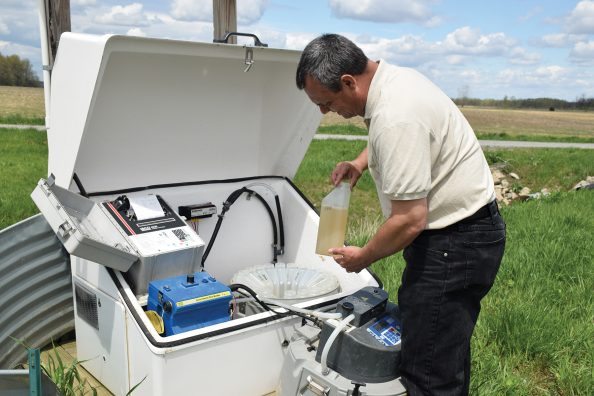Applications for Ohio Farm Bureau Health Plans now available
Members have three ways to apply: contacting a certified agent, calling 833-468-4280 or visiting ohiofarmbureauhealthplans.org.
Read MoreOn the same day Toledoans passed the Lake Erie Bill of Rights that may make it harder for farmers to focus on nutrient runoff over frivolous lawsuits, the Ohio Department of Agriculture announced new assistance programs to help producers achieve water quality goals in the Western Lake Erie Basin, funded by the passage of Ohio Senate Bill 299.
“Farm Bureau has been engaged in identifying water quality solutions for years and the passage of Ohio Senate Bill 299 in 2018 was an important step in the right direction to build upon the progress that has been made,” said Jack Irvin, OFBF senior director of state and national policy. “The Ohio Department of Agriculture and Ohio Soil and Water Conservation Districts are both important boots on the ground partners to help identify and implement practical and effective solutions to our water quality challenges.”
The legislation provided $23.5 million for soil and water conservation districts located in the Western Lake Erie Basin for nutrient management programs. ODA has already distributed $3.5 million to 24 SWCDs in northwest Ohio. The remaining $20 million wll be spread across three new assistance programs:
“This $20 million suite of practices will go a long way toward our clean water initiatives and helping us set the tone for water quality efforts statewide,” said ODA Director Dorothy Pelanda.
The announcement has garnered widespread support from throughout the agricultural industry and from farmers eager to have resources to support their ongoing conservation efforts, including longtime Sandusky County Farm Bureau member David Myerholtz.
He lauded Farm Bureau for supporting SB 299, thereby supporting funding for “our transition costs for implementing nutrient management plans, intensive soil sampling, equipment purchases for nutrient placement, cover crops, nutrient consulting costs, variable rate prescription costs, electronic technology purchase costs and lots of other investments that are needed today on the farm to detect, monitor, apply and retain our nutrient resources for everyone’s benefit downstream.”
Producers located in the Western Lake Erie Basin are encouraged to contact their local soil and water conservation district office to learn more and sign up for these new programs.
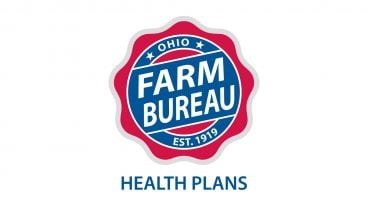
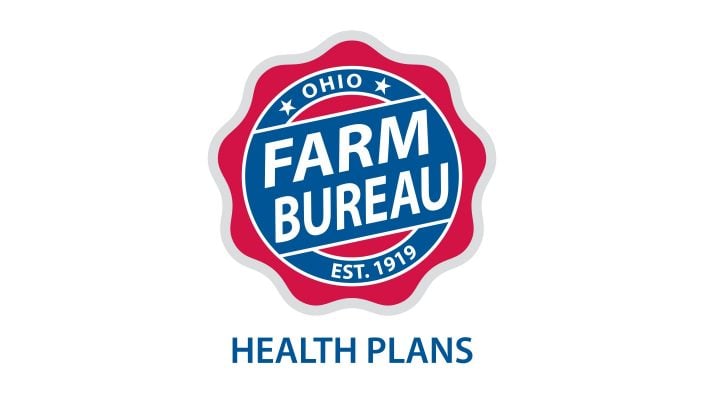
Members have three ways to apply: contacting a certified agent, calling 833-468-4280 or visiting ohiofarmbureauhealthplans.org.
Read More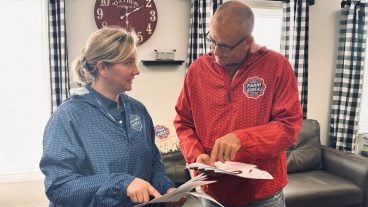
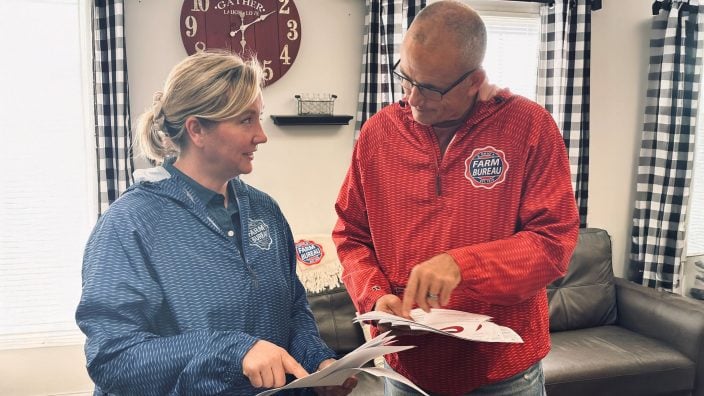
One of the best decisions Shannon and Heather Utter made a few years ago was looking into a Farm Bureau member benefit that has ended up saving them thousands of dollars on their energy bills.
Read More

Ryan Hiser has experienced first-hand the importance of having the opportunity to vote on issues that will affect his family operation and other farmers.
Read More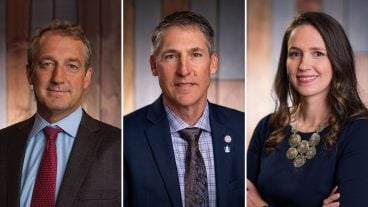
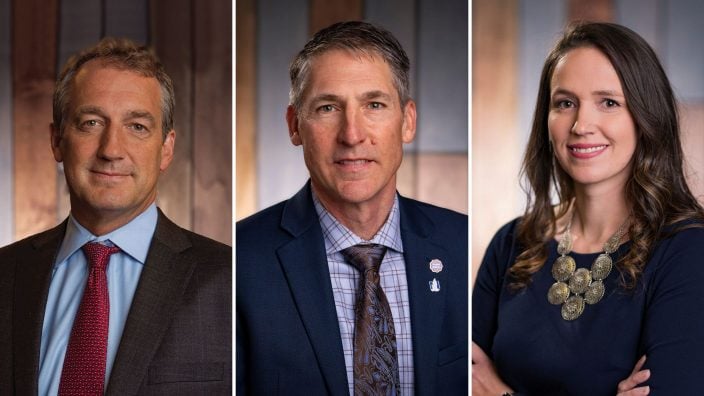
Bill Patterson, Cy Prettyman and Adele Flynn will continue to serve as officers for Ohio Farm Bureau Federation.
Read More
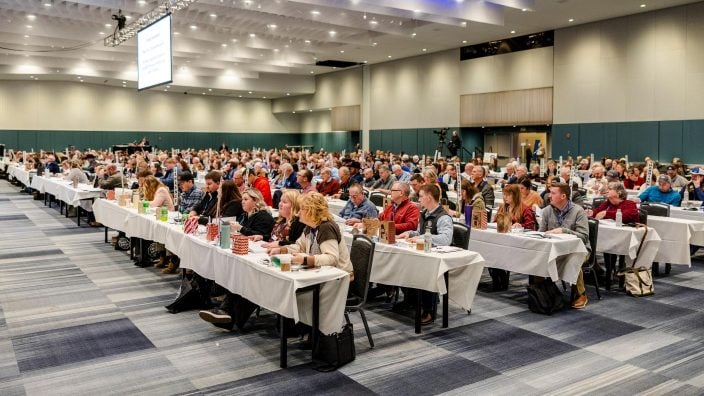
Delegates discussed many topics impacting agriculture including farmland preservation, local foods, and succession planning.
Read More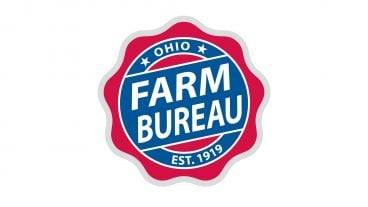
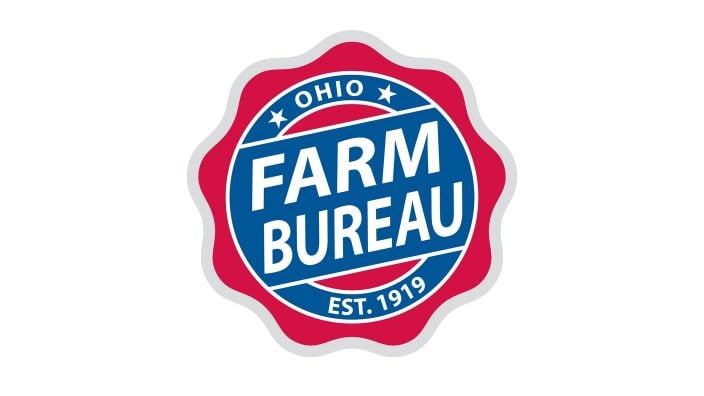
Twenty-six farmers govern the state’s largest farm and food organization.
Read More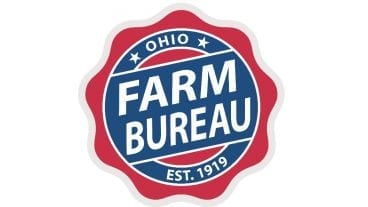
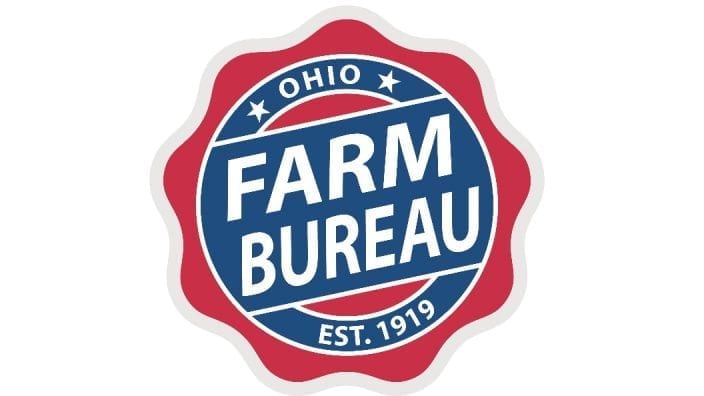
The 2025 recipients are Fred Cooke (posthumous) of Richland County, Marvin Dietsch of Williams County, Steven Knollman of Hamilton County and Michele Miller (posthumous) of Ottawa County.
Read More
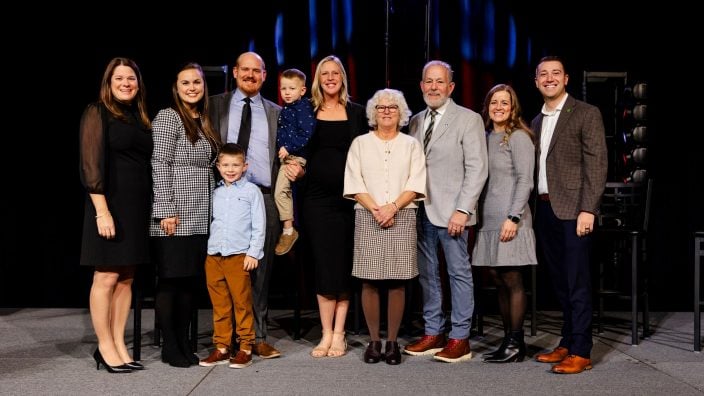
Nathan and Jill Parriman grow seasonal crops, including Christmas trees, pumpkins and cut flowers, providing U-cut experiences that invite customers to engage directly with agriculture.
Read More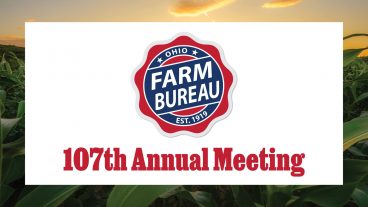
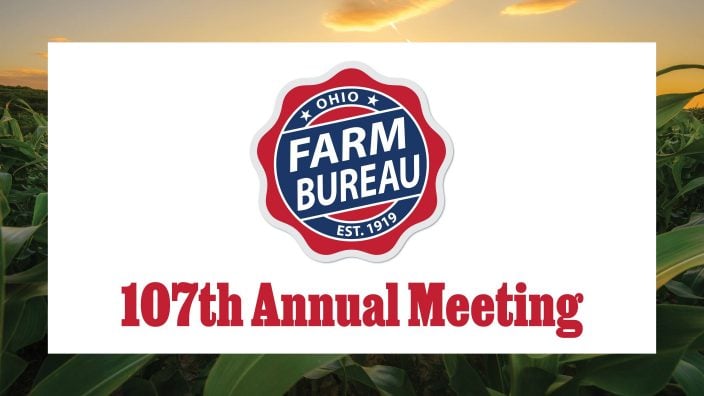
The 2025 Distinguished Service Award recipients are Craig Adams, Mike Townsley, and Kellogg Farms, Kurt Farms and Stateler Family Farms.
Read More

Ohio Farm Bureau Treasurer Adele Flynn participated in the meeting, representing Ohio farmers.
Read More